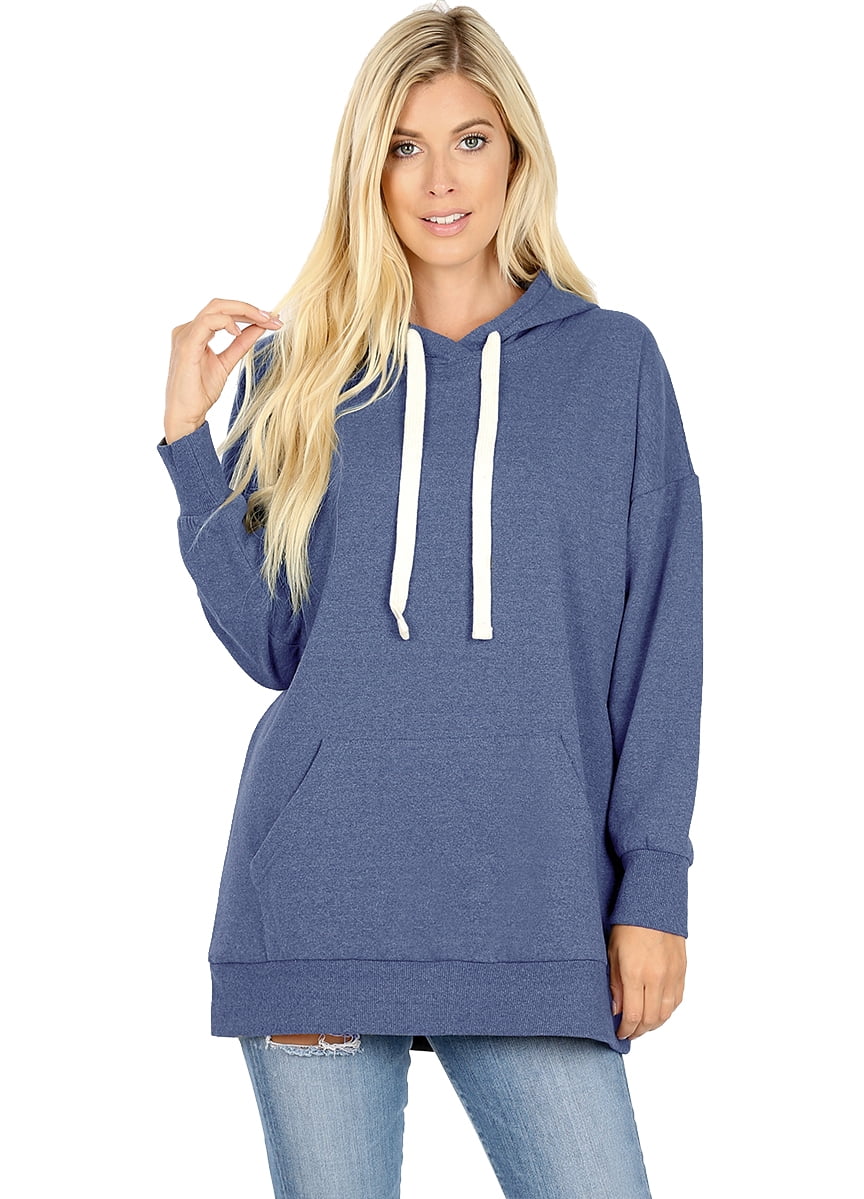Sweatshirts are long-sleeved pullover garments constructed from thick cotton fabric. They are generally worn as casual clothing, and are not as formal as sweaters or cardigans. They do not usually have an or hood. If you're thinking of buying a sweatshirt, here are some tips:
Norma Kamali spread the appeal of sweatshirts
Since the late '70s, Norma Kamali has transformed the simple sweatshirt into a work of art. Her designs are now an essential part of all women's wardrobes. Her distinct designs vary from a tummy-tucking neckline to thick leather sweatshirts. Her clothing is also designed in unique forms, such as an oversized tank top that has long trumpet skirt.
A partnership between the designer and sweatshirt manufacturer Everlast gave rise to her Timeless line, which was a huge hit when it was featured in Spiegel's spring 2006 catalog. The collection was made up of knits that could be interchangeable or convertible in classic shapes, and many items were priced below $20. Even the Norma Kamali's Timeless collection wasn't available in stores, buyers could still find these items on eBay and Poshmark.
Merino wool sweatshirts tend to be more comfortable than soft sweatshirts.
Merino wool is well-known for its ability to wick moisture away which help to keep you dry and comfortable. This is a naturally-occurring fibre that also offers a more comfortable feel. It is also quick to dry in comparison to other natural substances. Furthermore, merino is a renewable resource. https://smartcarinsurance.today/members/fallend2/activity/30607/ shed their coats each year and grow new coats.
The weight-to-heat ratio of merino wool makes it an ideal material for sweatshirts. It assists in regulating body temperature due to its loft which naturally retains heat between the fibers. This is why Merino wool sweatshirts are perfect for outdoor and summer activities such as mountain biking, hiking, and running. The warmth it provides helps keep the wearer well-hydrated and cool, something that is important for working out.
Zip-front hoodies feature kangaroo pockets.
Kangaroo pocket Hoodies are a very popular type of hoodie. They have a huge pocket at the front which helps keep your hands warm during cold days. They're additionally more practical than conventional pockets because they permit the hands to slide in and out easily.
Kangaroo pockets are usually large enough to fit the wallet, or other small items for personal use. They are commonly large enough to accommodate a small hand and are wide enough to fit two hands. They feature wide openings on either side and can be used to carry small objects.
French Terry fabric is a popular fabric for sweatshirts
The French Terry fabric is constructed of soft yarns that are knit into loops and is usually mid-weight. It is also famous as a fabric that wicks moisture and is already pre-shrunk. French Terry is an excellent option for sweatshirts since it is warm when you need it and keeps you cool when you need to cool down.
French Terry is also popular for casual wear, as it is stretchy enough and has enough flexibleness to feel great when you touch your body. It also allows air to circulate around the fabric, making it ideal for layering under other clothing. In addition, because it's lighter than other sweatshirts that you can wear throughout the year without feeling too warm or cold.
Hoodies can be classist.

Although it might appear that hoodies are just an appropriate attire item for working class people however, in reality they are a symbol of class. Hoodies were first used in the early 70s New York, where graffiti artists wore them to conceal their identities. In sweat shirts made their big film debut in "Rocky," when the working-class title character wore grey sweats with hoods during his memorable climb up the steps of the Philadelphia Museum of Art.
Hoodies are usually associated with death, destruction and other unpleasant items, yet they also serve practical purposes. For instance, monks and priests can wear hoods to demonstrate respect and a sense of self-control.
